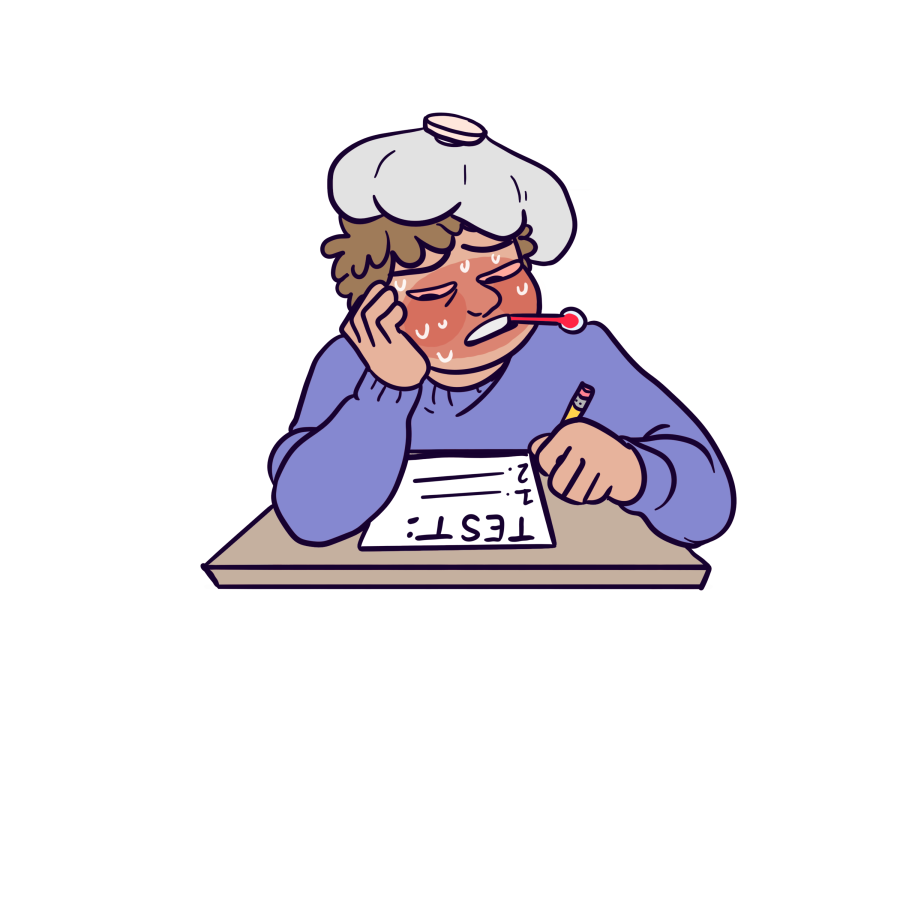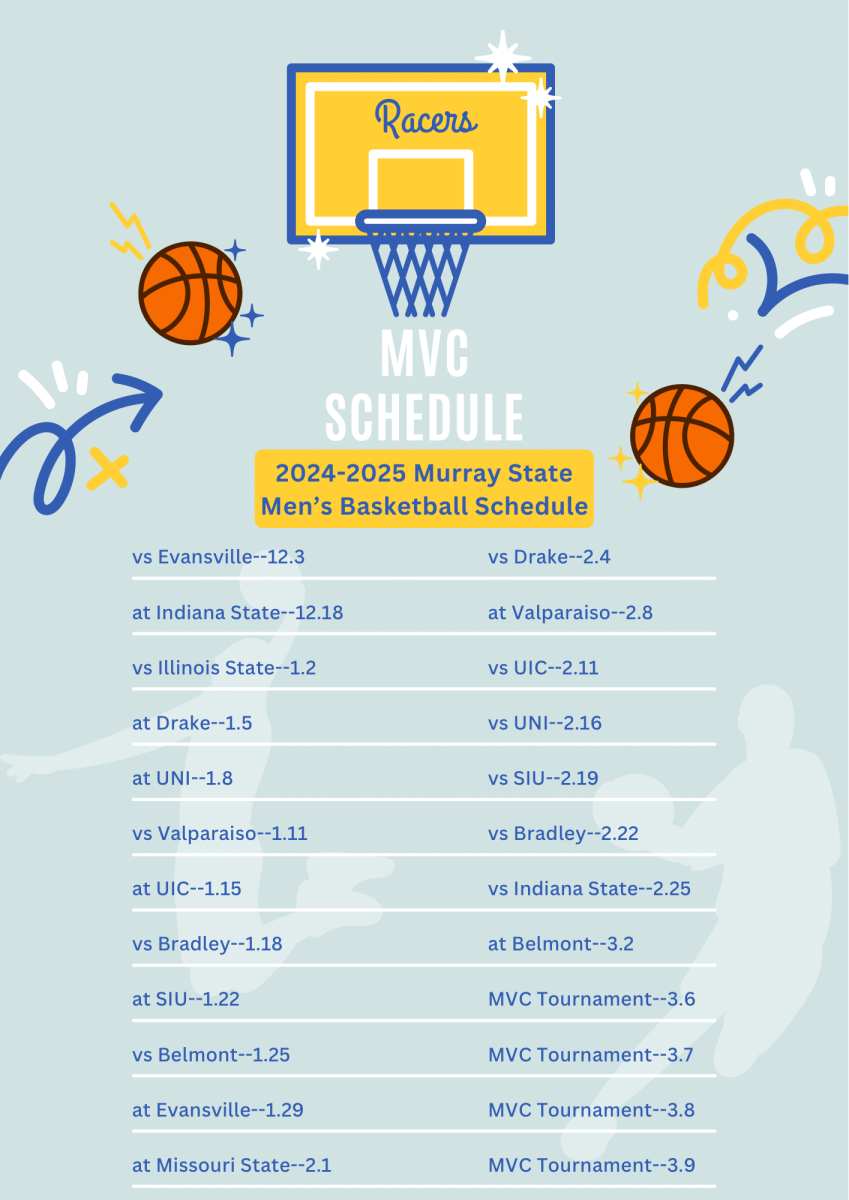In the wake of two disease outbreaks on campus and a rise in illness overall, the University has a responsibility to protect its students.
A staph outbreak at the end of September and a pink eye outbreak after fall break signaled a bigger problem on campus- students aren’t being treated for their illnesses and are spreading them to others.
Students preferred to cut auxiliary services, like health and dining, before academic programs. Students are grateful to have a health provider on campus at all, but for the service to be appreciated by both current and incoming students it should be better.
For many college students, money is scarce and cost is a major deterrent from going to the doctor. Health Services used to be free, meaning students who had no money could still see a doctor. Now, however, it can cost up to $85 per visit, on top of the cost of treatment.
Some students have insurances which aren’t accepted at Fast Pace Connect. Accepting more insurances would make health services more accessible to students.
In all honesty, tuition should cover the cost of health services on campus. An $85 copay is more than most students can afford on top of tuition, housing, meal plan, books and parking.
The concept of Fast Pace Connect, in which patients essentially FaceTime a doctor, is a deterrent on its own. It may be saving Fast Pace and the University money, but it is costing students their health.
If the copay is a necessary evil, students would prefer to see a doctor in person. Students tend to go somewhere else in Murray or even go home to see a doctor, rather than virtually meet with one on campus.
Students don’t feel the quality of care is worth the cost and the convenience isn’t a strong enough factor to balance out that issue.
Patients and doctors build a relationship so the doctor understands how best to treat his or her patient. No connection can be built through a screen. Students who have anxieties about their health will not leave feeling comforted, they will leave with a prescription based on the symptoms they listed to the doctor on the screen.
Students have anxieties about a lot of things, it’s part of being a student. In fact, some students are so worried about missing class, they attend even when they are sick. The University should do a better job of encouraging students to see a doctor and not go to class when they are sick.
Some professors only allow a certain number of absences, excused or unexcused, and once those are expended, students’ grades begin to go down. If the student makes an effort to accomplish all the assigned work, the professor should cooperate with them to catch them up on notes and class discussions.
While it should be up to the student to initiate this, it should be University policy that those students do not receive a penalty. This will deter students from attending class with pink eye, the flu or strep throat.
The University also has a responsibility to help stop the spread of illness. Last year was one of the worst flu seasons in recent history- it was widespread, hit all at once and was dominated by a particularly aggressive strain, according to the Center for Disease Control.
The University should be prepared to combat the flu this year. Offering a free flu vaccine to students, incentivizing it with t-shirts, or even candy, and making it easily accessible between classes would draw in students who normally don’t get a vaccine.
Students themselves have a responsibility to protect themselves and others from illness. Students should wash their hands before and after eating, after using the restroom and after sneezing or coughing.
Other useful practices are not going to class when sick and keeping tissues, cough drops and hand sanitizer on hand.
It is not up to students, professors or the University administration individually to keep the spread of illness from skyrocketing. It will require a team effort, with everyone doing their part. If the University works together to acknowledge and solve problems with health care and hygiene practices, the campus will be a happier and healthier place.


































































































